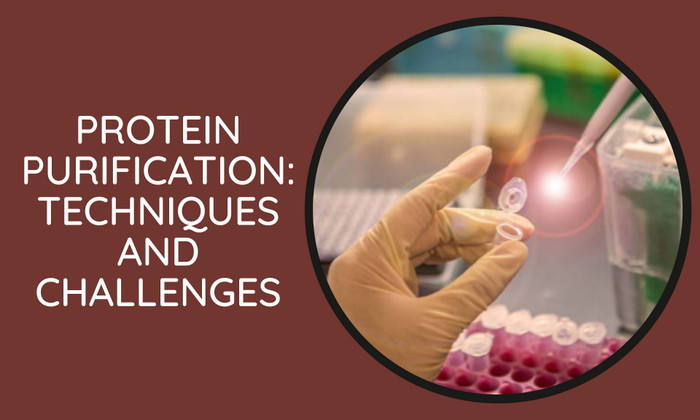Protein Purification: Techniques and Challenges
May 2nd 2023
A protein purification process that works as planned is remarkable. Whether you're working with a recombinant protein generated by E. coli or attempting to separate a protein from a plant or animal membrane, you'll likely be working with an intricate combination of proteins, nucleic acids, polysaccharides, lipids, etc.
Moreover, you'll need to obtain milligram (or microgram) quantities of the required protein, typically with exceptional purity and possibly high yield.
Protein purification can be developed as a sequence of fractionation processes aimed to achieve the following results:
- There is a high concentration of the target protein in a single fraction.
- A distinct proportion contains a sizable portion of the pollutants.
Given these outcomes, protein purification protocols have different techniques and challenges. This post covers some common strategies and hindrances faced during protein purification.
What Does Protein Purification Mean?
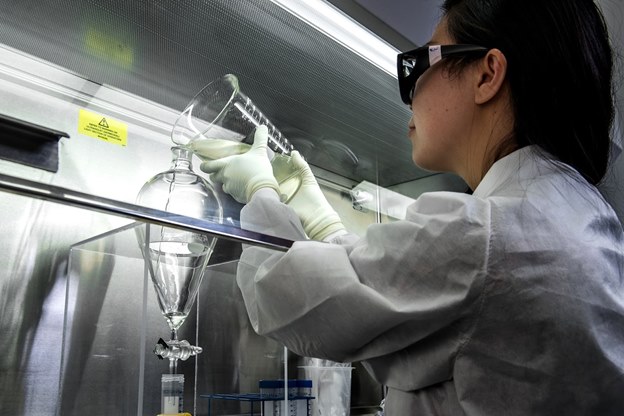
In biochemistry, a protein is defined as a long chain of amino acids linked together as a polymer. Proteins play a crucial part in how cells are built and how they work.
However, recognizing and isolating proteins is a prerequisite for studying them.
High-throughput protein purification is a common technique biochemists use to achieve this goal in large-scale protein purification. Proteins are first extracted and then classified according to their molecular weight, ability to dissolve, charge, and particular binding affinity. This method assists researchers in analyzing individual proteins and studying protein characterization and connections.
Protein purification is isolating and studying a single protein from a complicated mixture. Once you isolate a protein, it is easier to analyze its properties, which include:
- Size and composition
- Bonding propensity
- Biological Processes and Activities
- Physical and chemical traits
- Interaction with other proteins
Numerous experimental uses are available for protein purification, most notably in the industrial-scale manufacturing of recombinant and kemp proteins. However, purifying proteins in their original state is frequently a complicated process.
In situations like these, affinity tags, including polyhistidine, glutathione-S-transferase, and his-tags, help isolate and immobilize the target.
How Protein Purification Works?
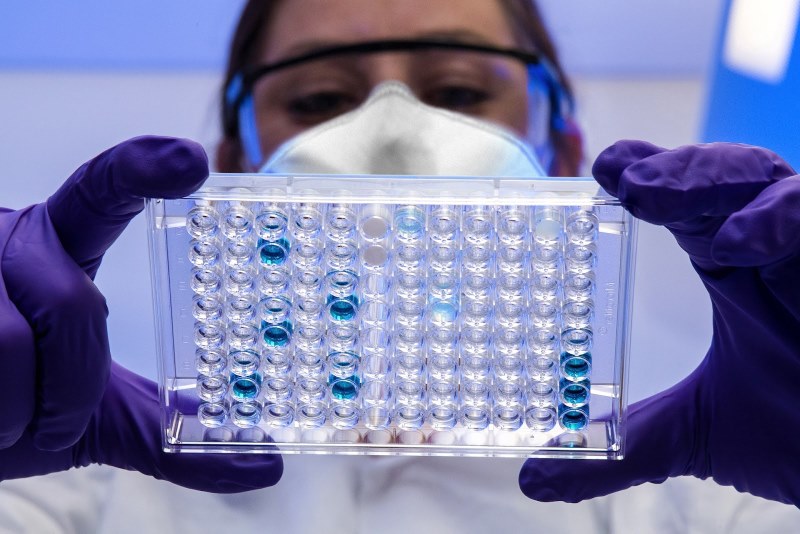
A protein must go through the steps of protein purification before it may be properly isolated. The following is a summary of the general steps involved in the process:
1. Cellular Lysis
Cell lysis is when enzymes (like protease inhibitors), chemicals (like detergents), or physical techniques (like sonication) are used to break up cells and change the shape of proteins. Consequently, the lysate obtained from the cell will include either soluble or insoluble proteins, along with organelles, nucleic acids, cell debris, and membrane fragments.
2. Clarification
However, the objective is to acquire only purifiable proteins. Cells go through the purification process after that to get rid of all the impurities. The method integrated by service providers accomplishes this goal.
Once obtained, you can concentrate on the protein extract.
3. Protein interaction
The next thing to do is separate the protein from the original extract. This phase is also known as the recovery phase. Affinity chromatography and magnetic bead separation are methods to separate proteins by attaching the protein molecule to a matrix.
4. Elution
Elution refers to washing away a solvent to remove an adsorbed substance. A proper extraction buffer is employed for washing the column to eliminate all the non-specific binding. The quantity and duration of rinses will vary with the column type.
Adjusting the pH of the column allows for the desired protein to be eluted from the column. This causes the charged functional groups of proteins to become neutralized, allowing the proteins due for removal.
The method employs an elution buffer and chemicals such as imidazole (used in His-tagged proteins) to elute the protein of interest at high concentrations. Scientists may collect sufficient amounts of protein for further study using this method.
Protein Purification Strategies and Methods
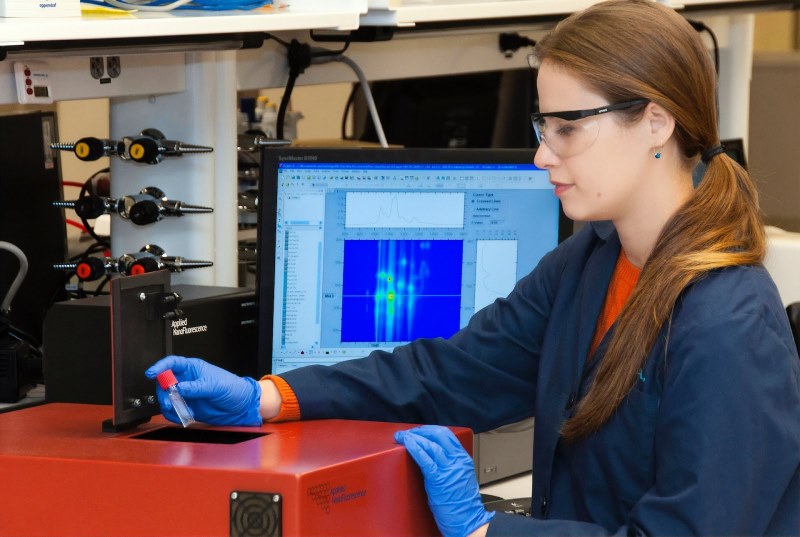
Protein purification usually occurs using one of four primary techniques. Let's go through each one in greater depth below:
1. Chromatography
One popular method for collecting the desired protein sample is chromatography, which categorizes compounds based on their differences in characteristics. Purification by column chromatography is a well-known method that utilizes resin-filled columns to isolate the target protein.
Chromatography methods are based on the concept of a mobile phase and a stationary phase. The stationary phase refers to the resin within the column, whereas the mobile phase refers to the fluid solvent.
In the stationary stage, the protein (or contaminants) in question attaches to the ligand, and in the mobile phases, the pollutants are removed or eluted.
The method of high-performance liquid chromatography (HPLC) is widely used in the field of chromatography. Depending on the protein that needs purifying, you could use one of the following types of chromatography methods:
- Gel filtration chromatography
- Affinity chromatography
- Ion-exchange chromatography
- Cation-exchange chromatography
- Size-exclusion chromatography
- Hydrophobic-interaction chromatography
2. Precipitation
Salt precipitation is another type of purifying technique. Salt precipitation isn't employed as often or as frequently as it used to since it rarely produces pure proteins.
The protein in the solution is essentially "salted out" or removed during this purification procedure. To induce precipitation, excessive osmolarity is introduced, with ammonium sulfate serving as the salt of choice.
The minimum amount of ammonium sulfate required to precipitate a given protein varies. After separating the protein from the supernatant, the residual salts are washed away using dialysis, filtration, or gel exclusion chromatography, depending on the kind of salt.
3. Isolation
Isolation is the most straightforward method for the purification of proteins, given that the isolated form of the protein can typically be acquired via ways including but not limited to the following:
Ultra-centrifugation: The concentration gradient allows for the separation of proteins. The centrifuge is used to distinguish between proteins of different sizes and to enable their separation. The leftover supernatant and pellet from this form of centrifugation can prove helpful in subsequent purifying steps.
Fractionation: This technique depends on the variation in protein solubility. Since proteins are insoluble in highly salty conditions, you can extract them by adding massive amounts of salt.
4. Immunoblotting
Immunoblotting is an extremely popular method for discovering proteins, occasionally used with affinity chromatography. It is a method used extensively for identifying proteins and is quick and precise.
Protein immunoblotting is commonly referred to as western blotting. Typically, antibodies play a crucial role in a western blot test in identifying the target protein.
The proteins are sorted into groups according to their molecular weight using a technique known as SDS-PAGE (sodium dodecyl sulfate gel electrophoresis). They are then put on a porous surface and stopped so that antibodies can't bind to them by accident.
After blockage, the membrane is treated with a primary custom antibody that recognizes the target protein. Then, it enters an incubation chamber with a second antibody that matches the first antibody.
In most cases, the secondary antibody will be coupled to an enzyme that will allow the detection of the antibody. This means that only the target protein will reach activation. Methods of extracting proteins in this way also serve as valuable indicators of protein purification and expression.
Protein purification is becoming an essential component of biological research. With the discovery of more proteins, it is becoming increasingly necessary to investigate their molecular composition, uses, and interconnections with other biomolecules. Laboratories require high-quality chemicals and apparatus to perform purification procedures effectively.
Challenges of Protein Purification
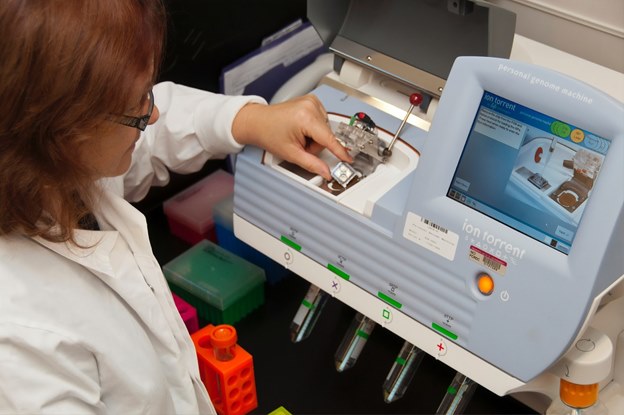
A significant barrier to protein purification is column packing and preparation, which affects both established chromatography methods and cutting-edge innovative ones like Multi-D and mixed-mode chromatography.
Typically, you would need to dialyze the specimens and stain/destain your gels overnight after preparing and packing each of your columns and pouring the gels. Because of how time-consuming and stressful chromatographic processes may be, many people view outsourcing this task as the best option.
In-house column packing allows for a more individualized approach and process efficiency but also necessitates a considerable work commitment and material expense. In a typical packing procedure, there are numerous phases involved.
These processes include estimating the slurry concentration required for a specific column bed volume, loading the column, evaluating it, cleaning it, unpacking it, and storing the resin afterward.
Due to the intricate nature of this process, several problems need resolving. These include column setup, resin availability, equipment accessibility and storage, user knowledge and schooling, column failure, and column quantity.
When more significant or more columns are required, in-house column packing, constrained by space and storage requirements, may quickly become an obstacle in the laboratory workflow.
Variability in column quality and performance across batches is also possible due to the reliance on specialized experience and knowledge required for loose resin packaging, slurry and buffer production, and column washing. Employing resins sourced from various vendors introduces an additional level of variability.
Variability in the procedure might lead to inaccurate results, rendering it challenging to maintain quality control throughout the project. Furthermore, physically packaging resins and cleaning columns increase the danger of contamination.
Pre-packed Columns
Many of the challenges inherent to packaging resins in-house are avoidable by purchasing pre-packed chromatography columns instead. Pre-packed columns are consistent with Good Manufacturing Practice (GMP) and are ready to use like Elisa Kits.
Additionally, they come with individualized instructions and paperwork. They can be purchased in various sizes, come with a selection of preinstalled resins, and are used with the most commercially available chromatography equipment. Pre-packed columns are preferable to in-house packing because they reduce the possibility of cross-contamination and do not necessitate specialized expertise or equipment.
Their production further assures data consistency and dependability in under-regulated settings. Pre-packed columns are a cutting-edge innovation that can shorten timeframes, boost output, and accelerate process scaling.
Any chromatograph worth its salt understands that the column is where the "magic" occurs. Therefore, pre-packed columns, which come in various compositions with varying degrees of flow features, specificity, and binding ability, have largely replaced the practice of pouring one's own.
Aggregation of Purified Proteins
It is essential to get rid of protein aggregates from organic APIs because they can make the APIs more immunogenic. However, aggregation can also occur during downstream processing if improper circumstances are selected, even though most aggregates are generated during upstream activities. The danger for aggregate development at the cellular level grows with rising titers.
1. Aggregation Mechanisms
Two main paths lead to this type of purification protein clusters. When a protein is converted from its original to a denatured state, it can expose hydrophobic components that were previously hidden inside. These molecular components can then attach to other molecules with similar hydrophobic elements, forming aggregates.
On the other hand, native proteins may clump together through interactions between the hydrophobic parts of their outer surfaces. In addition, the term "protein aggregation" can also describe a wide variety of molecular behaviors.
These behaviors may vary between the formation of dimers and the creation of visible particulates. They are caused by noncovalent contacts, mediated by hydrophobicity, and covalent connections generated by the pairing of interchain thiol groups.
2. Minimizing Aggregation
Strategies used to keep aggregates from forming during downstream processing mainly involve choosing solution settings and stationary processes (for chromatography) that hinder aggregation and maintain proteins under the conditions needed for purification, occasionally by adding additives or other excipients.
Antioxidants like ascorbic acid and glutathione have been used recently to avert the oxidation of proteins, which can lead to the development of aggregation sites like aldehyde on lysine sections, which can then interact to generate covalent Schiff-based aggregates.
In addition, several biopharmaceutical and bioreagent producers have recently discovered that adding copper at the cell-culture phase results in a substantial decrease in aggregation downstream. At the same time, the process is not completely clear.
Conclusion
There is a large variety of protein purification techniques available. In the industrial sector, scientific companies must produce significant quantities of protein. This is because protein purification services and protein expression services have perfected their protein production and purification process by the time yields begin and need to crank out as many high-quality products as possible.
Purification of proteins takes place on a more minute scale in laboratories. This is because protein research is of interest to labs. With the availability of various-sized purification methods targeting protein, businesses, and laboratories can take advantage of the advantages of these methods based on their objectives.

